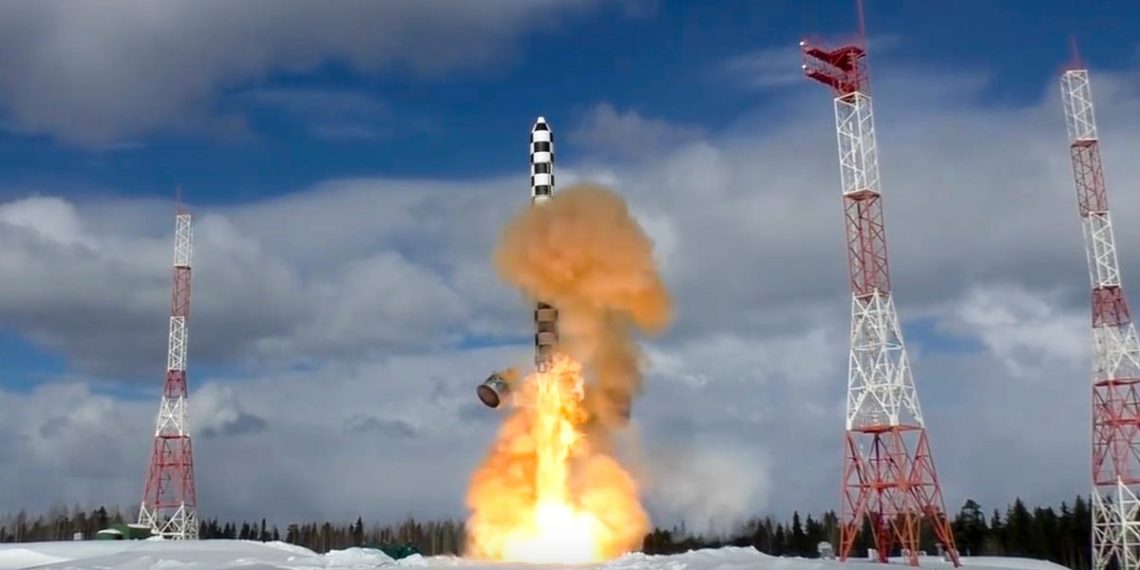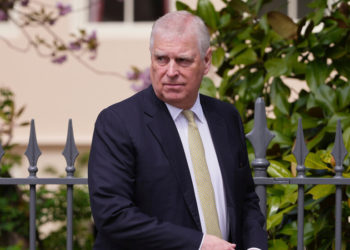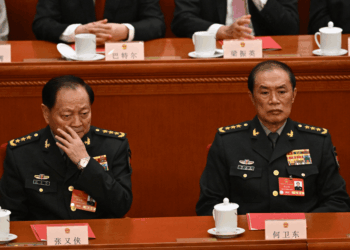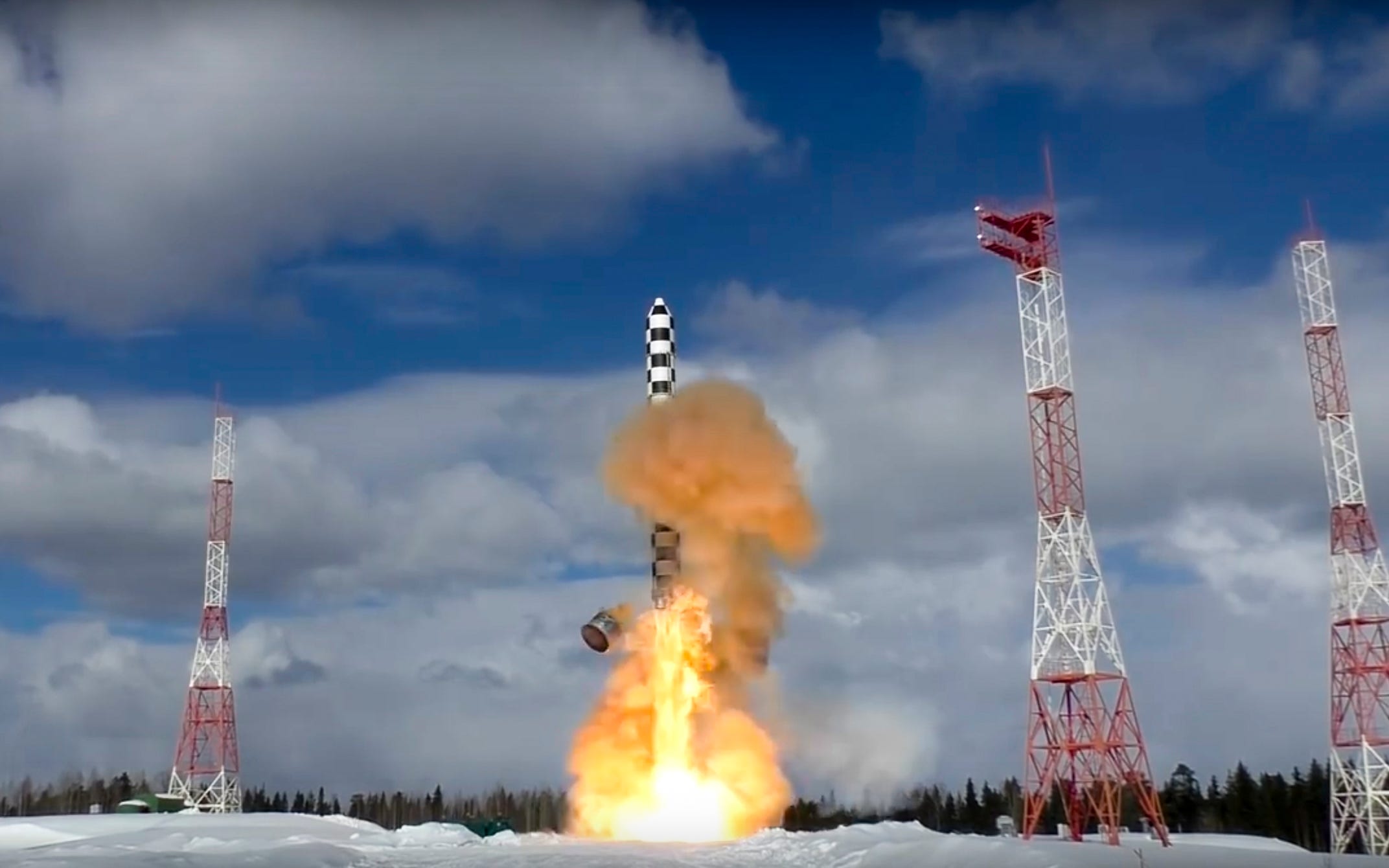
Russian Defense Ministry Press Service via AP
- Russia revealed that it has tested a nuclear-powered cruise missile and torpedo in recent days.
- These experimental systems are part of the so-called “super weapons” that Putin unveiled in 2018.
- The Russian leader said another one of these six weapons will soon be operational.
Russia is touting fresh progress on two of the country’s most unusual weapons.
The Kremlin announced in recent days that it has successfully tested two of its six experimental “super weapons” — a nuclear-powered cruise missile and torpedo — and said that another is expected to be operational soon.
These new weapons are intended as second-strike capabilities, with the Poseidon torpedo as a survivable, unstoppable retaliatory doomsday deterrent and the Burevestnik missile as an untrackable, indefensible retaliatory strike platform. To what extent they live up to the Kremlin’s hype is unclear.
Russian leadership and senior officials have touted these weapons as powerful, unbeatable, and capable of bypassing enemy defenses. Dmitry Medvedev, the former Russian president and deputy chair of the Security Council, warned on Wednesday that “the Poseidon can be considered a true doomsday weapon.”
While the recent tests are notable, weapons experts have raised questions about the combat capabilities and overall strategic value of these new systems, as well as the implications for arms control. Key US and Russian agreements are either strained or long dead. Weapons like this could further complicate things.
Russian President Vladimir Putin disclosed on Wednesday that the military had successfully tested the autonomous Poseidon the previous day, launching the weapon from a submarine using a boost motor and then activating its nuclear power unit to propel the weapon forward. It is believed to be capable of speeds of up to 125 mph.
Speaking during a meeting at a military hospital in Moscow and echoing past statements on this system, Putin said that there are “no existing interception methods” for the Poseidon, which he described as a one-of-a-kind weapon unlikely to be replicated, state media reported.
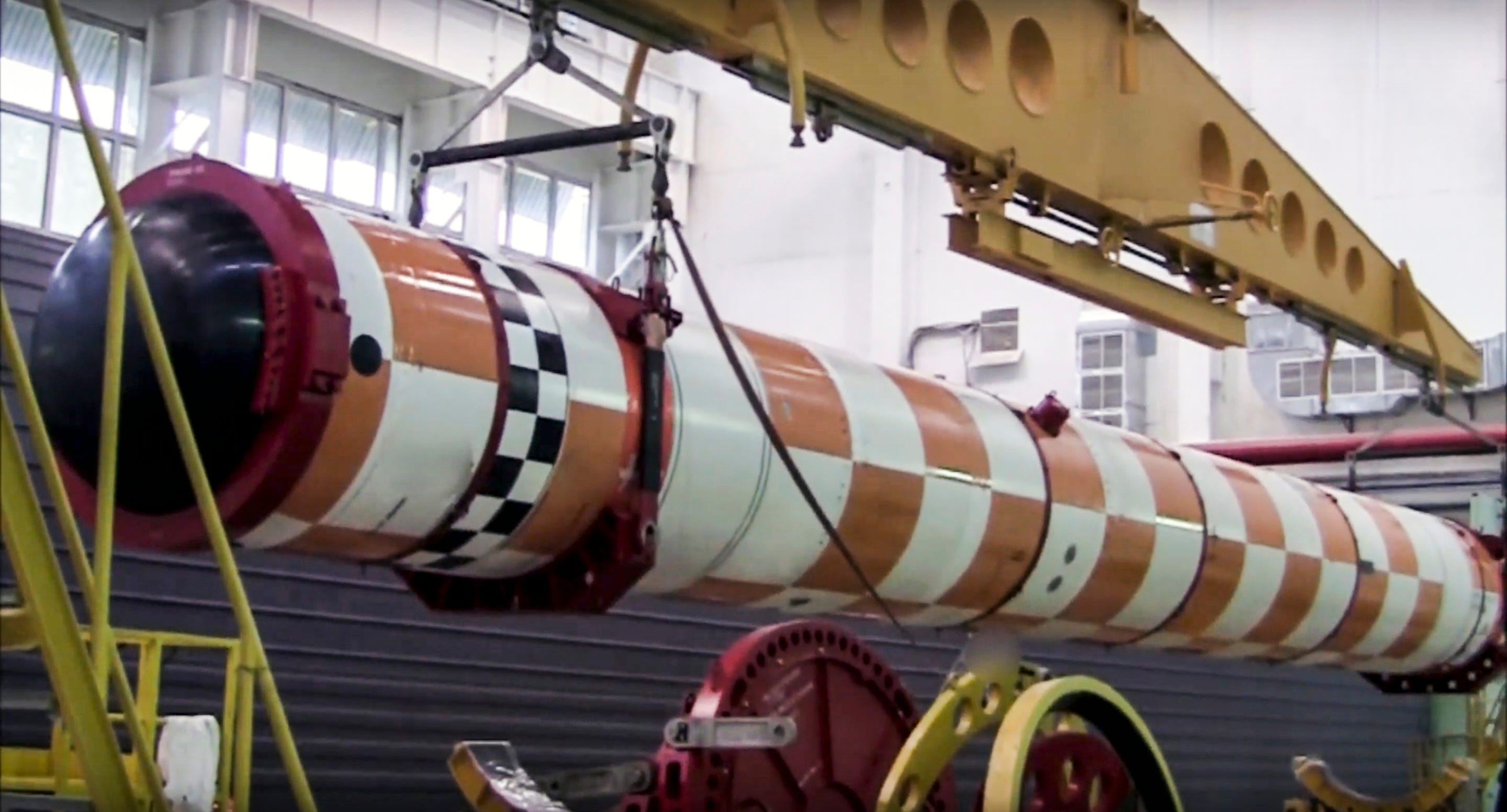
Russian Defense Ministry Press Service via AP
Putin’s comments came just three days after Russian Chief of the General Staff Valery Gerasimov said Moscow had tested the nuclear-powered Burevestnik cruise missile last week. That test drew a reaction from President Donald Trump, who said that the US has stationed a “nuclear submarine” off Russia’s shores.
Gerasimov said the Burevestnik, which NATO identifies as the SSC-X-9 Skyfall, flew some 8,700 miles and traveled in the air for 15 hours. He added that the missile is capable of flying for longer and can skirt past air defense systems.
Russia has said that both the Poseidon and Burevestnik have unlimited ranges. Their nuclear power supply would, in theory, allow them to possess that capability.
The Poseidon as a concept has roots in a Soviet nuclear torpedo project that envisioned an underwater nuclear explosion that would create a massive tsunami capable of devastating naval bases and coastal cities. The Burevestnik, likewise, has a Cold War predecessor, though this one was an American project to develop a nuclear-powered ramjet engine for a missile.
“Nuclear-powered cruise missiles are not a new idea, said Patrycja Bazylczyk, a research associate at the Center for Strategic and International Studies. “They’re just a bad idea.”
She told Business Insider that the risk of “radioactive wreckage or some other unintended consequence” is a major reason such efforts were abandoned.
During the course of the Burevestnik’s development, a serious accident suspected to be linked to the missile’s testing killed multiple people and resulted in the release of radioactivity. US intelligence reportedly assessed that the deadly blast involved a Skyfall prototype.
Bazylczyk, the program manager for the CSIS Missile Defense Project, said Russia’s weapons are scary, but mostly because of the radiological effects rather than their capabilities.
“Despite some new features, they do not really affect Russia’s ability to hold the US homeland at risk,” she said.
‘Super weapons’
Putin officially unveiled the existence of six experimental “super weapons” in a 2018 speech. They’re all a little different, but they can all be armed with nuclear warheads. Some can also carry conventional warheads.
Beyond the Poseidon and Burevestnik, this collection of strategic weapons includes the Avangard hypersonic glide vehicle, the Kinzhal air-launched ballistic missile, the Zircon ship-launched hypersonic cruise missile, and the Sarmat intercontinental ballistic missile.
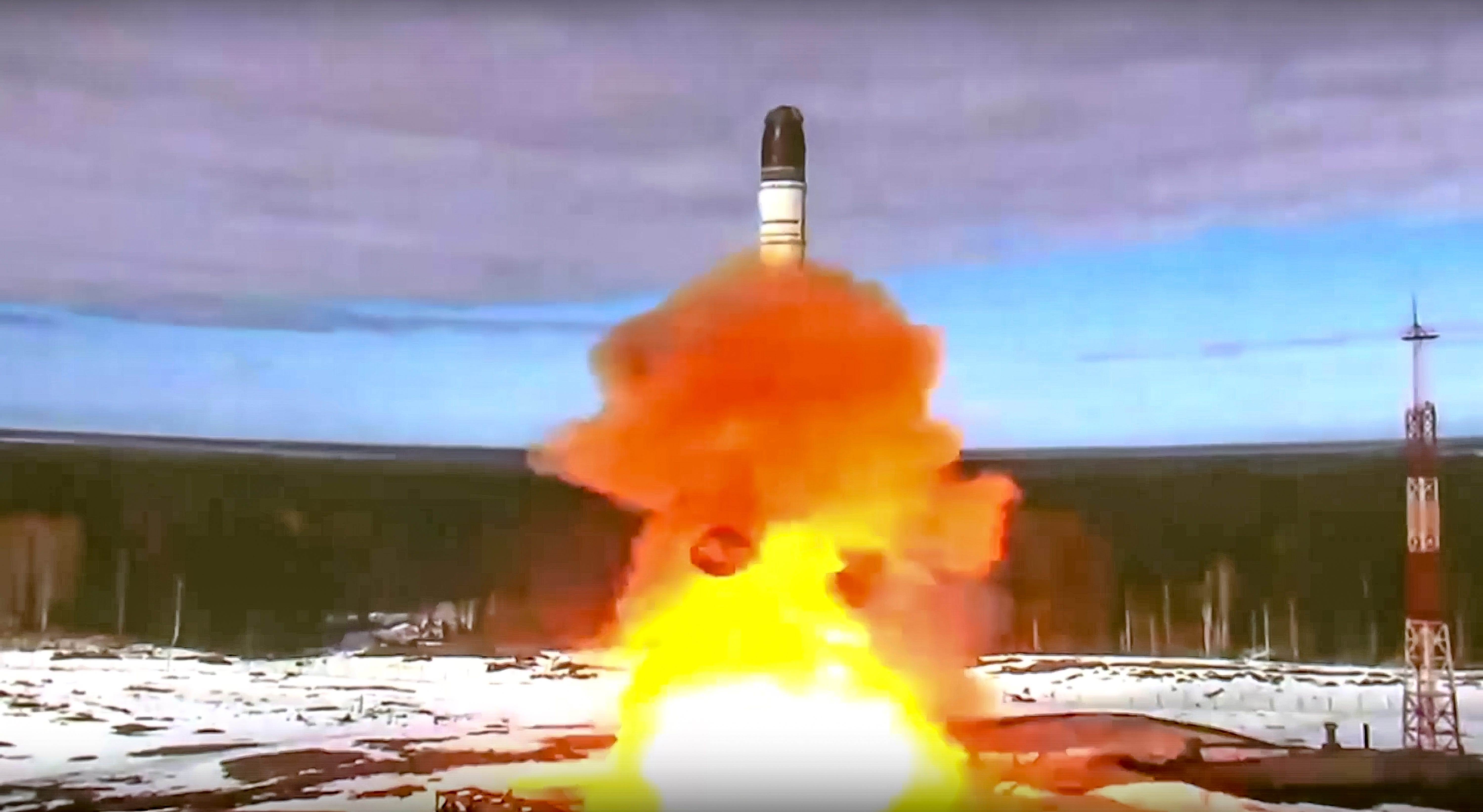
Roscosmos Space Agency Press Service via AP
Russia has used the Kh-47M2 Kinzhal extensively in its invasion of Ukraine, which has used Western-provided air defense systems to effectively intercept dozens of the missiles, despite Moscow touting them as virtually unstoppable.
Russia has also fired 3M22 Zircon missiles at Ukrainian targets, though there have been far fewer instances of this type of attack, and Kyiv has demonstrated that it can intercept them, further calling into question the reputation of Moscow’s weapons.
Putin on Wednesday said that the RS-28 Sarmat ICBM, known by NATO as the SS-18 Satan, “will be operational soon” and said there is no other missile like it, state media Tass reported. Past testing of the weapon, however, has ended in catastrophic failure.
The US is pursuing its own nuclear modernization, upgrading its triad. Trump said early on Thursday that he had instructed the Pentagon to restart nuclear weapons tests, more than three decades after the US last carried one out. It’s unclear at the moment how that will be executed, if it is.
Read the original article on Business Insider
The post Russia’s boasting big moves on a couple of nuclear ‘super weapons.’ Another may be operational soon. appeared first on Business Insider.
